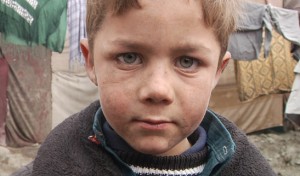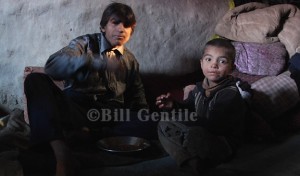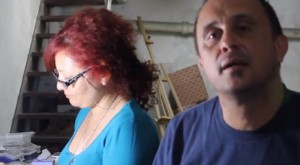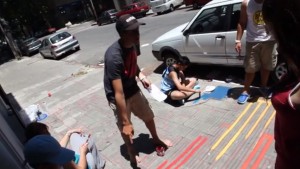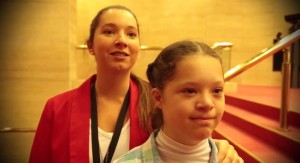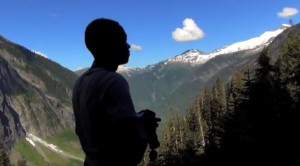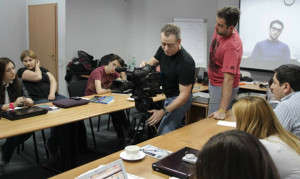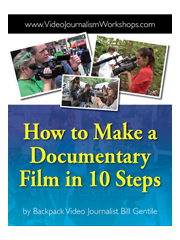KABUL, Afghanistan, 7 January 2014 — This is a brief clip I shot in a refugee camp in Kabul. According to a camp spokeswoman, the camp houses about 1,500 people from across Afghanistan who have fled the war. She said some of the refugees have been here for as long as 12 years. No running water. Open sewers. No electricity. Some of the kids don’t have shoes.
In a May 2012 report, the Washington, DC-based Center for Strategic and International Studies (CSIS) estimated that if government figures on Afghanistan “for FY2001-FY2013…are totaled for all direct spending on the war, they reach $641.7 billion.”
That’s right, $641.7 billion, with a “B.”
The CSIS report goes on: “This is an incredible amount of money to have spent with so few controls, so few plans, so little auditing, and almost no credible measures of effectiveness.”
Indeed, the spokeswoman at the refugee camp asked what happens to all the money donated by foreign countries, especially the United States. Why are thousands of people living in conditions like the ones in this video?
I didn’t have any answers. Click HERE to see the clip.
#documentaries
